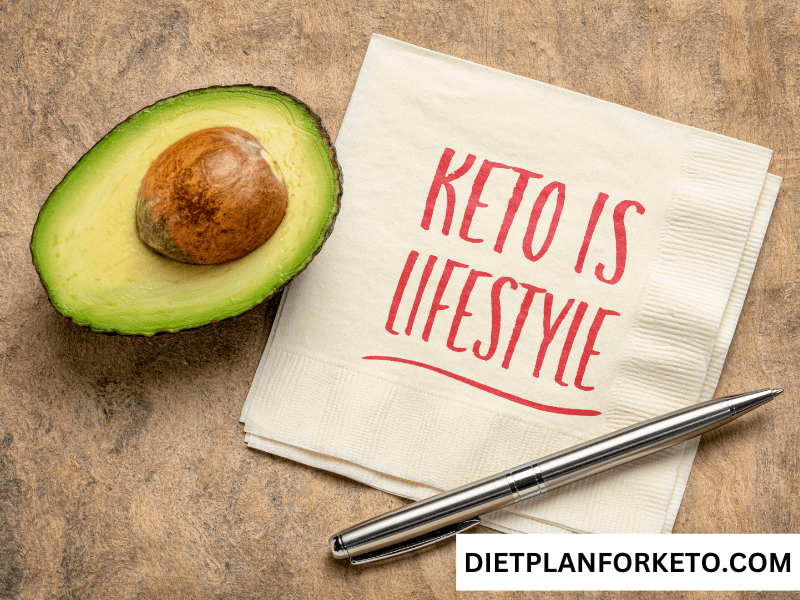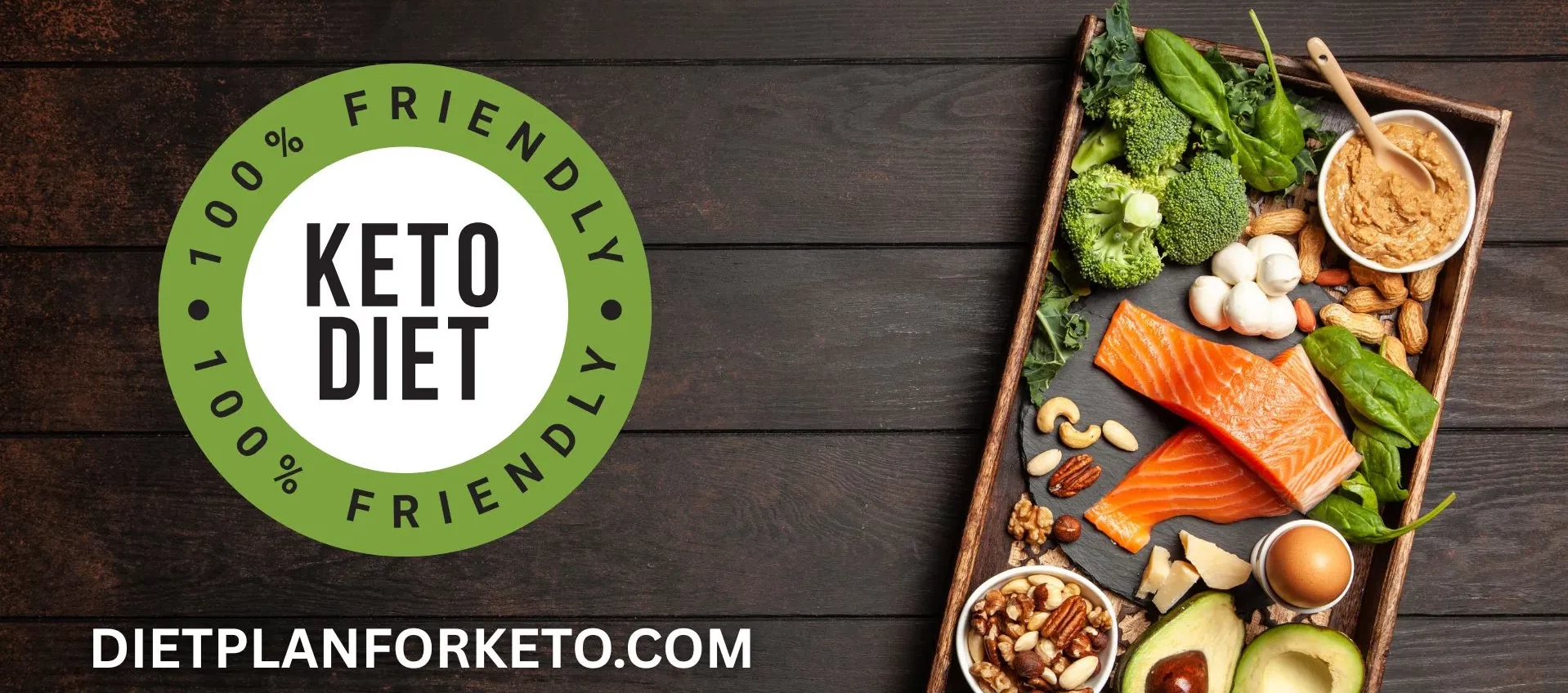Switching to a ketogenic (keto) diet can be a game-changer for weight loss, but what happens when the scale won’t budge?
You’re cutting carbs, following all the rules, and yet—no progress. Don’t worry, you’re not alone!
Many people hit weight loss plateaus on keto, but the good news is there are solutions. This guide will walk you through common reasons why you might not be losing weight on keto and actionable steps to fix them.
Table of Contents
- Are You Actually in Ketosis?
- Hidden Carbs: The Silent Weight-Loss Killer
- Tracking Calories and Macros: Are You Eating Too Much?
- The Role of Protein: Too Much or Too Little?
- Fat Intake: Are You Overdoing It?
- Intermittent Fasting: A Powerful Tool to Break Stalls
- Stress and Sleep: The Overlooked Factors
- Exercise: How It Affects Keto Weight Loss
- Medical Conditions That May Be Slowing You Down
- When to Adjust Your Strategy and Seek Professional Advice
- Common Keto Mistakes and How to Avoid Them
- How Long Does It Take to See Results on Keto?
- How to Stay Motivated on Your Keto Journey
- Supplements That May Support Weight Loss on Keto
- Keto Meal Planning for Sustainable Weight Loss
1. Are You Actually in Ketosis?
One of the most common reasons people struggle to lose weight on keto is that they aren’t truly in ketosis. While reducing carbs is essential, your body needs to enter a fat-burning state.
How to Check If You’re in Ketosis:
- Use a ketone blood meter (most accurate)
- Try urine strips (less reliable over time)
- Observe physical signs (e.g., reduced hunger, increased mental clarity, keto breath)
If you’re not in ketosis, consider lowering your carb intake further (try under 20g net carbs per day) and increasing healthy fats.
2. Hidden Carbs: The Silent Weight-Loss Killer
Even when you think you’re eating low-carb, hidden carbs can sneak into your diet. Processed keto products, dressings, and even vegetables contain carbs that add up.
How to Identify Hidden Carbs:
- Check nutrition labels carefully
- Avoid processed “keto-friendly” foods with hidden sugars
- Stick to whole, unprocessed foods (meat, eggs, leafy greens, etc.)
3. Tracking Calories and Macros: Are You Eating Too Much?
Many believe keto allows for unlimited food intake, but calories still matter. If you’re eating too much (even from fat), you may not lose weight.
Fix It:
- Use a tracking app like MyFitnessPal or Cronometer
- Ensure you’re in a calorie deficit (calculate your TDEE and subtract 10-20%)
- Adjust macros to stay within limits: 70-80% fat, 15-20% protein, and 5-10% carbs

4. The Role of Protein: Too Much or Too Little?
Protein is essential, but too much can turn into glucose through gluconeogenesis, slowing weight loss.
How to Optimize Protein Intake:
- Consume moderate protein (0.6-1.0g per pound of lean body mass)
- Stick to fatty cuts of meat rather than lean proteins
- Don’t fear healthy fats—they help keep you in ketosis
5. Fat Intake: Are You Overdoing It?
Keto promotes high fat, but excess dietary fat can prevent body fat loss.
Fix It:
- Focus on fat from your own body rather than overconsuming dietary fat
- Limit excessive fat bombs, butter, and oils
- Let your hunger guide your intake
6. Intermittent Fasting: A Powerful Tool to Break Stalls
Intermittent fasting (IF) enhances ketosis and helps burn stored fat.
How to Implement IF:
- Start with a 16:8 fasting window (eat in an 8-hour period)
- Try a 24-hour fast once per week to boost fat loss
- Avoid snacking between meals
7. Stress and Sleep: The Overlooked Factors
Cortisol (stress hormone) can slow fat loss, and poor sleep disrupts hunger hormones.
Tips to Improve Sleep & Reduce Stress:
- Get 7-9 hours of sleep per night
- Practice stress reduction (meditation, deep breathing)
- Limit screen time before bed
8. Exercise: How It Affects Keto Weight Loss
While keto works without exercise, movement accelerates results.
Best Exercises for Keto:
- Strength training (helps preserve muscle while burning fat)
- HIIT (high-intensity interval training)
- Walking (great for reducing stress and promoting fat burning)
9. Medical Conditions That May Be Slowing You Down
Underlying health issues can hinder progress, such as:
- Thyroid disorders (hypothyroidism)
- PCOS (polycystic ovary syndrome)
- Insulin resistance
What to Do:
- Get tested by a doctor
- Adjust diet based on medical recommendations
- Consider supplements if needed
10. When to Adjust Your Strategy and Seek Professional Advice
If you’ve tried everything and still struggle, consider consulting a keto-friendly nutritionist or doctor for personalized guidance.
11. Common Keto Mistakes and How to Avoid Them
- Relying too much on processed keto foods
- Eating too many nuts and dairy products
- Not drinking enough water or consuming electrolytes
12. How Long Does It Take to See Results on Keto?
Most people start losing weight in the first 2-4 weeks. If progress slows, evaluate your macros and calorie intake.
13. How to Stay Motivated on Your Keto Journey
- Set realistic goals and track progress
- Join keto communities and share your experiences
- Celebrate small victories to stay on track
14. Supplements That May Support Weight Loss on Keto
- Electrolytes (sodium, potassium, magnesium)
- MCT oil (boosts ketone production)
- Omega-3 fatty acids (anti-inflammatory benefits)
15. Keto Meal Planning for Sustainable Weight Loss
- Plan meals ahead to avoid impulsive eating
- Stick to whole foods and avoid processed options
- Prep meals in bulk for convenience
